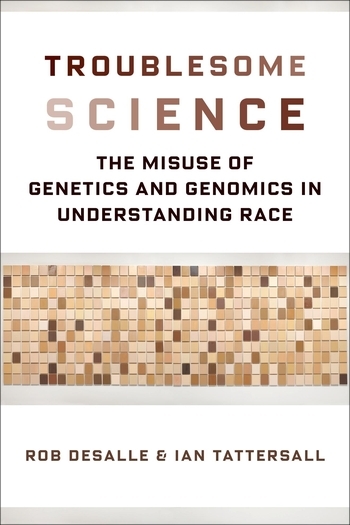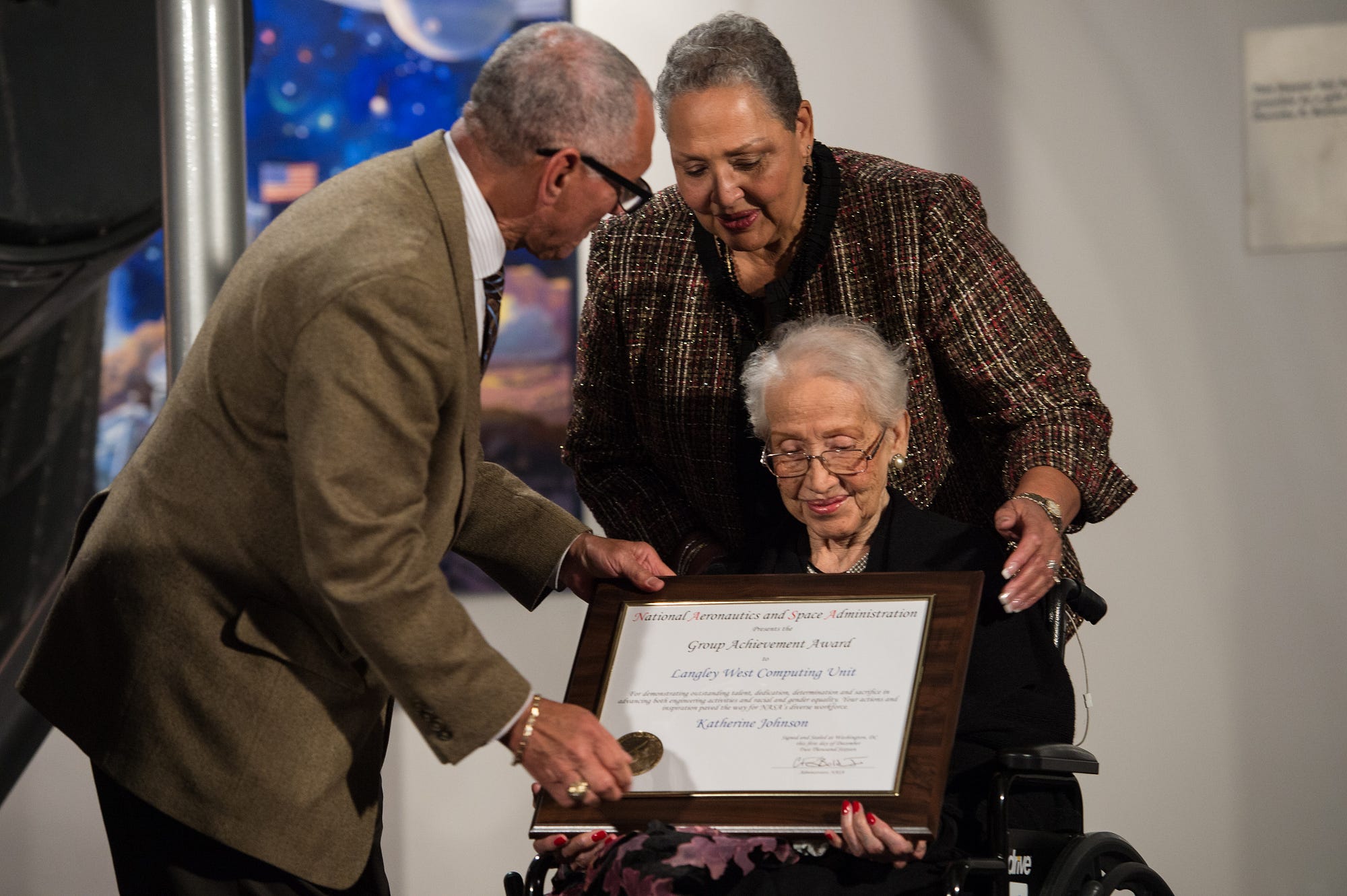The Daily Mail
2018-06-19
 Cleo Lake, the Lord Mayor of Bristol, has removed a portrait of Edward Colston from the wall of her office because of his role in the slave trade. |
- Portrait of slave trader Edward Colston has hung in mayor’s office since the 50s
- But the new mayor has ordered it be removed because she can’t work next to it
- Colston helped make Bristol a rich city, but his company was behind the trafficking and deaths of thousands of slaves
The Lord Mayor of Bristol has removed a 300-year-old portrait of a slave trader from the wall above her desk.
Cleo Lake said she ‘simply couldn’t stand’ the sight of Edward Colston looking at her as she worked.
The portrait dates back to 1702 and was hung in 1953 when City Hall opened – but Cleo Lake has asked for it to be installed in a museum about the abolition of slavery.
It is the latest move by the city to dissociate themselves from Colston, with venues and schools having previously removed his name from their titles.
Cleo Lake, who describes herself as of Scottish, Bristolian and Afro-Caribbean heritage, was elected in May by fellow councillors…
Read the entire article here.








